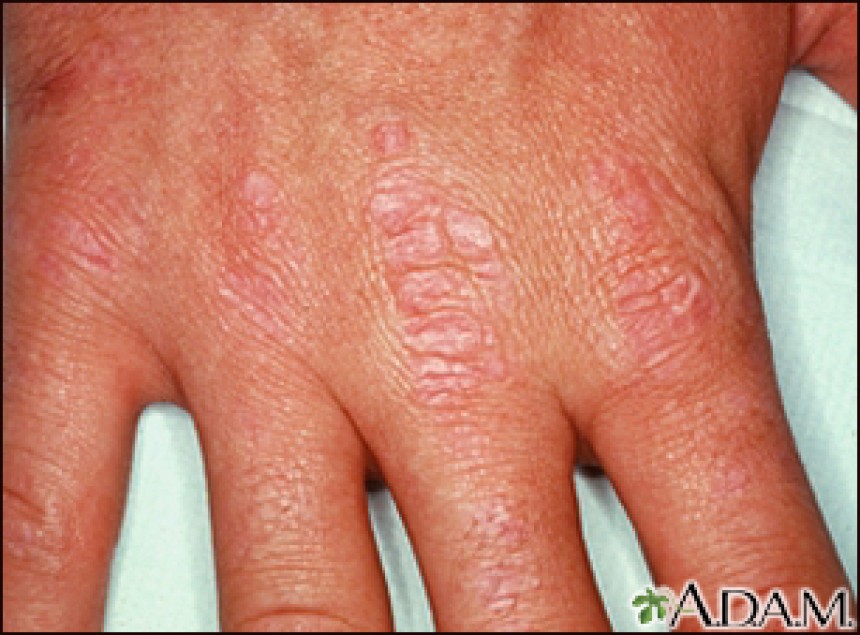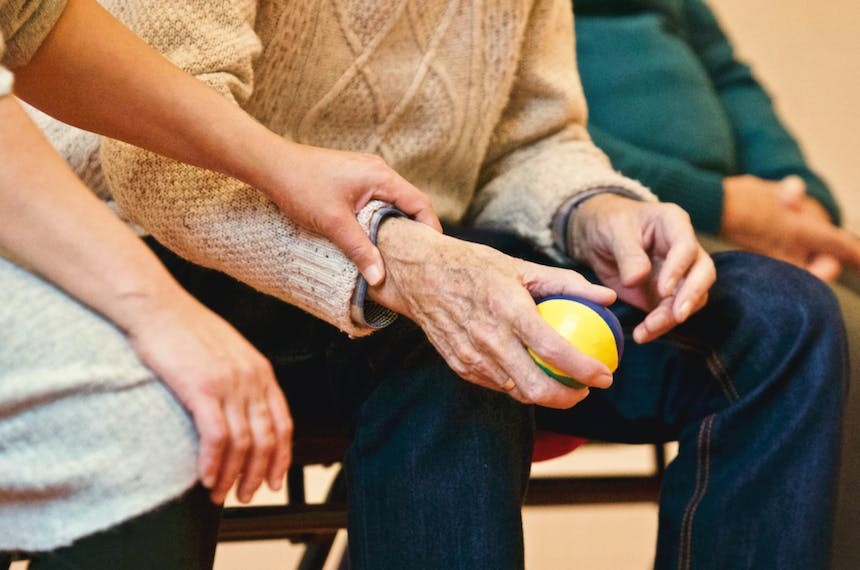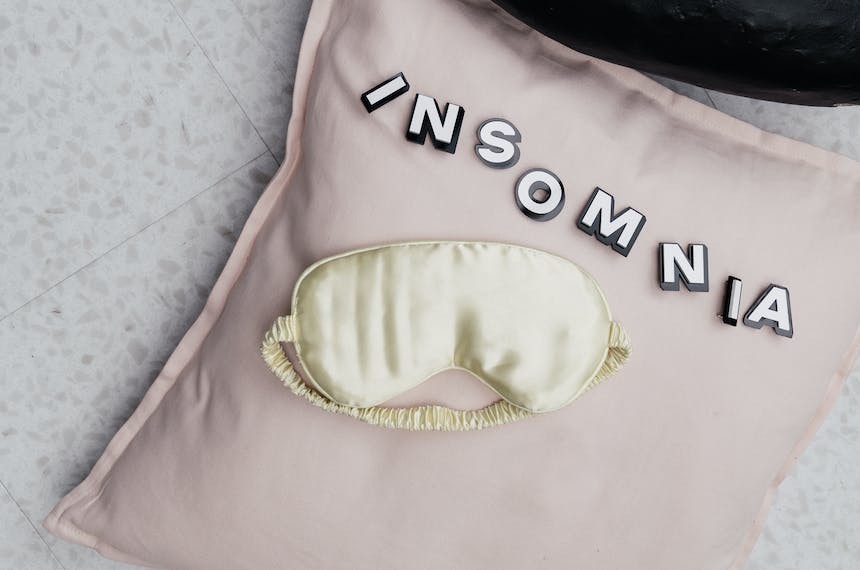
Recurrent isolated sleep paralysis
Recurrent isolated sleep paralysis (RISP) involves temporary immobility and hallucinations during sleep transitions. It affects about 20% of young adults, often linked to anxiety or sleep deprivation. Treatment includes education, sleep hygiene, and cognitive-behavioral therapy (CBT). Tricyclic antidepressants or selective serotonin reuptake inhibitors can be used to reduce episodes.
Overview of Recurrent Isolated Sleep Paralysis (RISP)
Recurrent isolated sleep paralysis (RISP) is complete inability to move for one or two minutes immediately after awakening or just before falling asleep. RISP could be frightening because the immobility may be accompanied by hypnopompic hallucinations. RISP can be distinguished from cataplexy as sleep paralysis occurs upon awakening, while cataplexy is triggered by a positive emotion. During a sleep paralysis episode, consciousness remains intact and the individual is perfectly aware of the surroundings. Approximately 20% of young adults may manifest RISP which is linked to anxiety, posttraumatic stress disorder (PTSD), or sleep deprivation. (1, 2, 3)
Treatment and Management of RISP
Treatment approaches for RISP require both behavioural modifications and pharmacological agents. Patients and their partners should be educated about the nature of RISP. Instructions on various sleep hygiene techniques, such as, going to sleep and waking up at the same time each day, no use of alcohol or caffeine before bed, avoidance of sleep in a supine or prone position are recommended. Also, cognitive Behavioral Therapy (CBT) is advisable and it includes relaxation techniques, in vivo episode disruption techniques, ways to cope with frightening hallucinations, disputation of catastrophic thoughts, imaginary rehearsal of successful resolutions to, and meditation. (4)
Pharmacological Therapies in RISP
Pharmacological therapies include REM suppressing agents. The most commonly used agents are tricyclic antidepressants or selective serotonin reuptake inhibitors. Regarding the tricyclic antidepressant agent; clomipramine (25–50 mg daily), protriptyline (10–40 mg), and desmethylimipramine (starting at 25 mg daily) have all been reported to reduce the disease episodes. Also, selective serotonin reuptake inhibitors including fluoxetine (40–80 mg daily) and femoxetine (600 mg) have been effectively utilized as per trial results. (5)
References
1- American Academy of Sleep Medicine . International Classification of Sleep Disorders: Diagnostic and Coding Manual. 3 ed. Darien, IL: American Academy of Sleep Medicine; 2014.
2- Sharpless BA, Barber JP. Lifetime prevalence rates of sleep paralysis: a systematic review. Sleep Med Rev. 2011;15(5):311–315.
3- Takeuchi T, Fukuda K, Sasaki Y, Inugami M, Murphy TI. Factors related to the occurrence of isolated sleep paralysis elicited during a multi-phasic sleep-wake schedule. Sleep. 2002;25(1):89–96.
4- Perlis ML, Jungquist C, Smith MT, Posner D. Cognitive Behavioral Treatment of Insomnia A Session-by-Session Guide. New York, NY: Springer Science + Business Media, LLC; 2005.
5-Schrader H, Kayed K, Bendixen Markset AC, Treidene HE. The treatment of accessory symptoms in narcolepsy: a double-blind cross-over study of a selective serotonin re-uptake inhibitor (femoxetine) versus placebo. Acta Neurol Scand. 1986;74(4):297–303.





